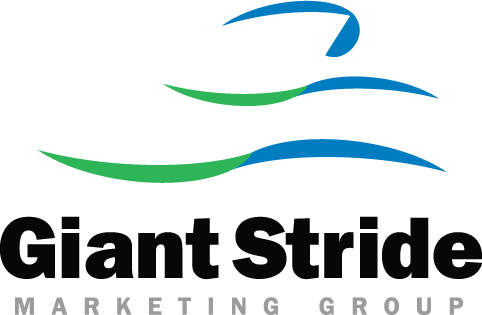Founders, Here’s How to Partner for Effective Product Messaging
Over the years, I’ve had the honor of working with many company founders to create positioning and messaging for new products and to reposition existing ones. The emotional investment that founders bring makes my work more rewarding and also more challenging. As a company founder, your mindset about positioning and messaging has an outsized impact—whether you’re working with internal marketing staff or an external consultant like me. Here’s what you can do to partner with your team (or your consultant) to build messaging that works—that is, that attracts more customers to your business.
It all starts with positioning
Before you start building your house, you need to draw up plans. And those plans must take into account the land upon which you’re building, the materials that are available to you, and how you plan to use the structure (in other words, your goals). Likewise, positioning is what helps your team craft the right messages and write your website copy, among other things.
A “traditional” product positioning statement reads something like this:
For [target customers], [product] is a [category] that provides [something that customers can’t do today, or do as well with alternative]. Unlike [competitors or alternatives], [product] [is uniquely different in these ways].
This positioning statement is not customer-facing messaging. It’s not your vision for the company; it’s a description what you can do today for an internal audience. The format may vary quite a bit, but your positioning should cover:
Your target customer(s)
The market category you’re in
What your product helps your target customer do that they can’t do (as easily, quickly) today
The competitive landscape, or what alternatives your target customer has (whether direct competition or substitutes)
Your differentiated product capabilities and value
An example:
For software engineering teams employing continuous deployment and DevOps practices, Loggly is a log management solution that interprets the data in your logs and visualizes the information to make it accessible, understandable, and meaningful. Unlike other log management solutions, Loggly does not require you to install and manage proprietary agent software.
Invest as much as possible in customer research
Founders have strong beliefs, but customers need a reason to believe. The more we listen to their voices, the more we can reframe our product capabilities, benefits, and value on their terms.
Your budget may not cover broad-scale market research with a 95% confidence interval, but that’s OK. I have gotten great feedback from a few very insightful people. And don’t be afraid to ask your customers and prospects for their time. In my experience, they are happy to share their opinions.
Even customers that are not 100% happy can provide really useful insights for positioning and messaging work. I once had a great interview with a customer whose company was likely to leave my client. She described some challenging dynamics within her organization that were preventing them from getting the most value from my client’s technology. Her challenges were not unique, and we quickly realized that our messaging would have to take them into account.
Remember that product messaging is different from the VC pitch
While an effective VC pitch clearly lays out positioning and a long-term vision, it’s a story of profit and not customer benefit. Investors care about a company’s addressable market; customers care about an addressable market of one.
For example, investors care that your machine learning model has 20 patents because those patents create barriers to entry for competitors. Your customers care that your machine learning model improves their team’s productivity by 30% and cuts errors by 75%.
Bring in the whole team—at the right times in the process
Even in small companies, I often find divergent opinions about what really matters to customers. Some teams openly discuss these differences, while in other cases a founder and/ or VP of Sales dominates the conversation. A messaging exercise is a way to objectively explore the reasons behind divergent opinions by looking at them from the customer’s point of view. And ideally, by testing people’s assumptions with customer data.
For example, a sales manager may question a differentiator that the development team thinks is important. By exploring why, we may decide to drop that or re-frame that differentiator as part of a larger value proposition that matters more to customers.
Once the writing is underway, Product Messaging by Committee rarely works. With too many people claiming ownership through the entire process, messaging gets too complicated or too full of each person’s pet phrases. I find it more effective to get broad input and validation on key concepts like the value propositions. Then, a very small committee should approve the final work.
Unless a massive event budget is at risk, keep working until it’s right
We all want our product messaging projects to go fast. (Especially me!) But if the work takes more time, take the time. Once you get your messaging right, it’s much faster to produce deliverables like web copy or sales presentations. You’ll also spend much less time on subsequent reviews.
Founders are passionate storytellers, and messaging is how product stories spread
Most of the founders I work with don’t have marketing backgrounds, but they really care about telling the story of their product. An effective product messaging project means more people telling that story the right way and more customers tuning in. And the joy in finding the right messages is why I work with founders again and again.

